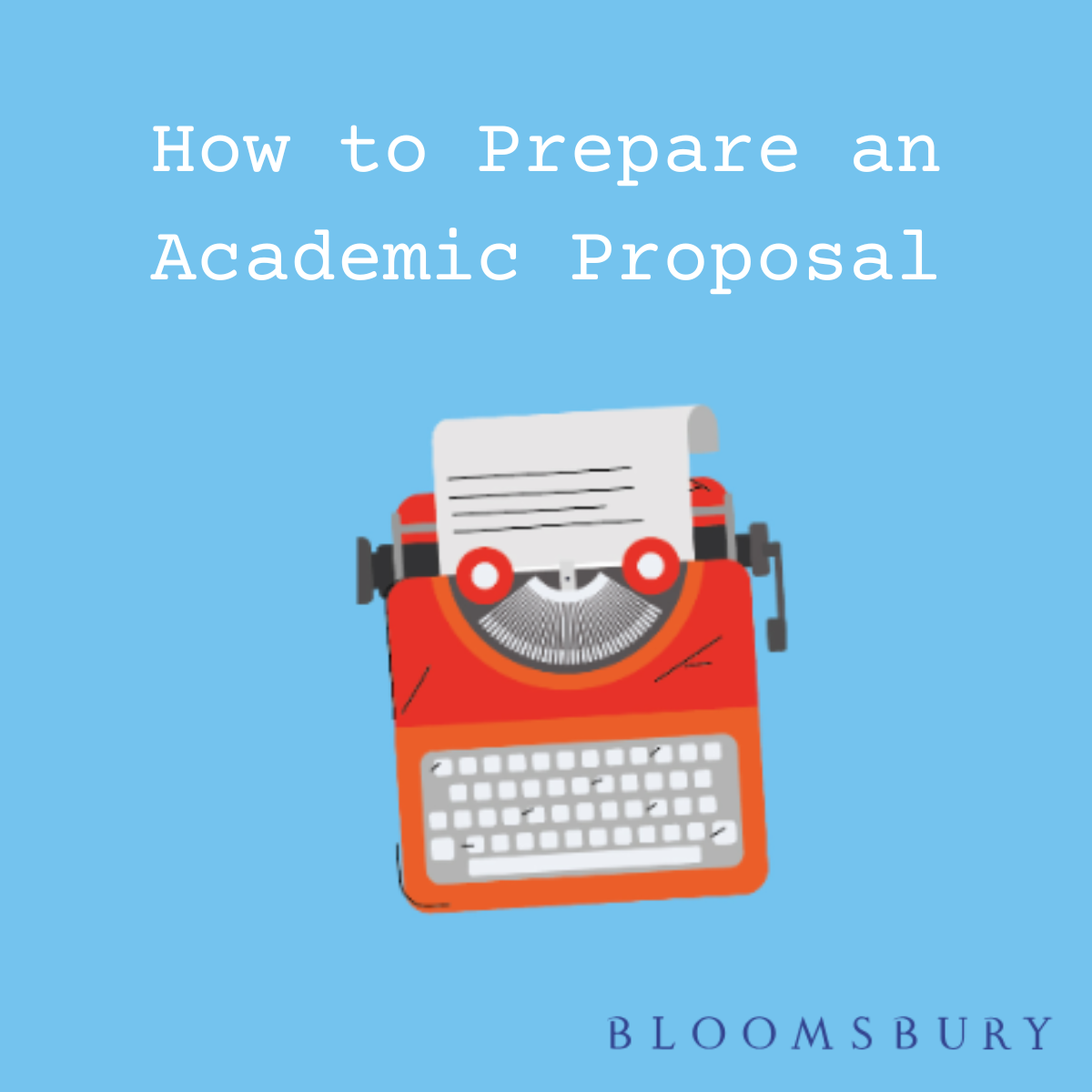Are you interested in submitting your proposal to Bloomsbury Academic? We're sharing their guidelines so that you can put your best foot forward when submitting.

Information About You
- Your details - this includes the basic bits like title, name, job title and contact details
- Biographical note - a chance to tell the editors more about yourself. This includes any previous publications as well as social media handles, and personal websites.
Information About Your Book
- Book title and subtitle
This will be how the world discovers your book, so think about the following:
- how will people search for it?
- is there a similar title already out there by a key competitor?
- does the title clearly indicate what your book is about?
If you're struggling for title inspiration, think about the five key words that best describe your book, its subject and approach.
- Summary
A one-line description of your book, summing up its scope and content. Remember to focus on what is unique about your book.
- Description
In no more than 250 words, write a concise overview of your book. This might end up becoming the book's marketing copy, so make sure the description is clear, informative and persuasive. Think about whether people with only a basic knowledge of the field you're writing in would understand what your book is about from the description.
- Detailed description
You can do into more detail here with a full overview of your proposed book, its approach, main themes and objectives.
- Key features
These need to be short and sharp, features that you can list as bullet points. What three reasons would you give someone if they asked why they should read your book? Keep in mind your USP - unique selling point - and include specific details.
- Table of contents
Your table of contents needs to include chapter sub-headings.
- Chapter by chapter descriptions
Provide a summary of the content in each individual chapter, including its angle, purpose and relevance. It's also worth thinking about the chronology the content within your chapters; is there a logical progression?
- Word count
What is the final word count for your book? You'll need to give a number to the nearest 5,000 words (including notes and bibliography).
- Submission date
When would you be able to provide your editor with the first draft of your book?
- Additional information
For textbooks, provide details of any pedagogical features you plan to include like case studies, a glossary, or further reading lists. You'll need to list the approximate number of any figures or illustrations, including tables, charts, line diagrams and photographs.
If your book is being proposed for a series you'll need to explain why it is suitable for the stated series.
- Comparable titles suggestions
List five publications (these can be books or journal articles) which are situated in the same field of research as your book. It's important for you to be aware of the market you're writing in, as well as titles, old and new, that are suitable comparisons.
- Sample material
When submitting your proposal, it's likely you'll be asked for a sample chapter or a sample of your writing. While you don't need to have everything written, it's worth ensuring that this sample is as good as you can make it.
- Other submissions
It's always good etiquette to let editors know whether you're sending your proposal to other publishers, or have already sent for their consideration. Fairness goes a long way!
Competition and Market
You need to consider these three important questions:
- What is the market need for this book?
- What unmet need does it fulfil for its readers?
- What will they be able to achieve as a result of having read it?
Competing or Comparable Books
As mentioned above, you'll need to provide the title, author, publisher, date of publication and price of three to five comparable books that would compete directly for a reader’s attention. Think about whether these books meet the needs of your target audience. If they fail to meet those needs then make sure to explain why your book will be different and what gap in the market it is filling.
If there is no direct competition, you'll also need to explain why. Has the topic only been covered in a chapter elsewhere? Is this the first type a full length book has been written on this topic? Finding a gap in the market is great, but you need to show that there is an actual market for your book.
Market and Readership
What are the primary and secondary markets for your book? Which institutions would be most interested in your book? If you think your book would be a good fit for universities, are there any specific courses that might want to adopt it? Does your book have global appeal?
What features of the book would help the publisher to market the book overseas? Be as specific as possible and consider content, case studies, references, and contributors.
What happens next?
Your proposal will be evaluated by an editor who will consider if it fits with their current publishing schedule and whether a suitable market exists for this book. If your proposal ticks these boxes it will then be sent out for external review to a minimum of two anonymous reviewers, who will provide feedback on the quality of the content, how it represents the research landscape and the potential audience of the proposed book. The review process can very depending on the project, but most the majority of new proposals will be reviewed within three months.
You'll be able to respond to the reviewer's feedback when deemed necessary, but if the reviews are positive then your proposal will go to an internal acquisitions meeting. Once it's been approved then you can expect a contract from your editor!
Further guidance for authors and more information about Bloomsbury’s Academic Publishing can be found here.
Comments